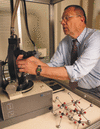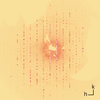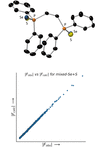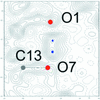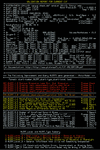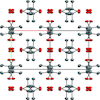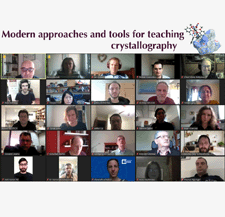issue contents
Modern approaches and tools for teaching crystallography
Edited by Graciela Diaz de Delgado and Sean Parkin
This virtual issue of Acta Crystallographca Section E collects together articles that can be used as educational materials so that the younger generation may benefit from the knowledge and expertise of experienced crystallographers. Several article focus on teaching symmetry, including a multi-featured tutorial, a periodic-like table of space groups and a textbook example for the arrangement of small molecules and space-group symmetry. Instructional examples and case studies describe how to evaluate the quality of a model, the possible pitfalls of a structure determination and how to tackle whole-molecule disorder. Classroom experiments with artificial sweeteners can be used to introduce younger students to a number of different concepts, aided by freely available online tools. Electron crystallography and dedicated instrumentation in the increasingly important field of electron diffraction are reviewed. Other contributions offer practical advice on using crystallographic software to address different aspects of structure determination, refinement, graphics, analysis etc, including comprehensive examples. This virtual collection also includes articles with a strong teaching component previously published in the journal.

Cover illustration: The global health crisis caused by the COVID-19 pandemic has had a negative impact in our field as many laboratories had to close for long periods of time. However, scientists have continued working remotely, teaching online courses and tutoring students using different electronic meeting platforms.













 journal menu
journal menu








